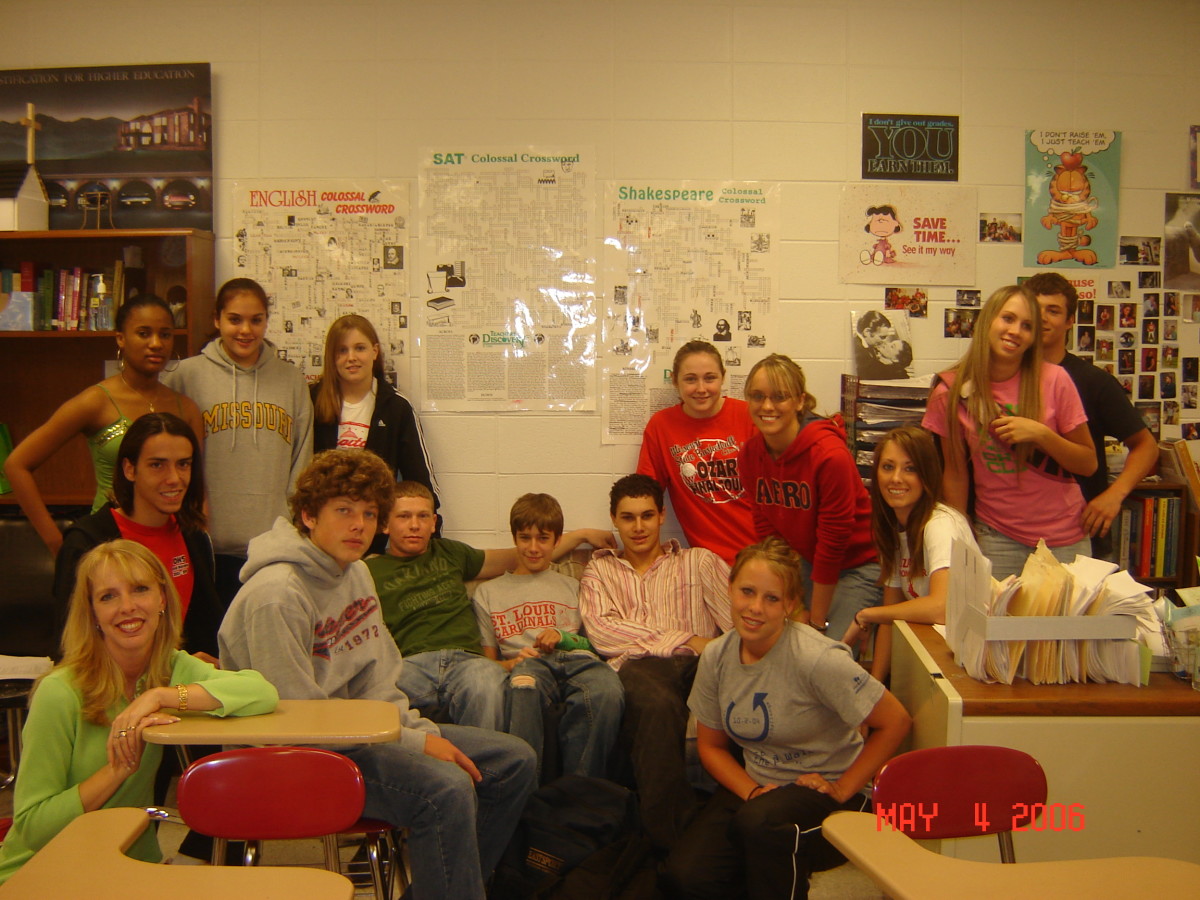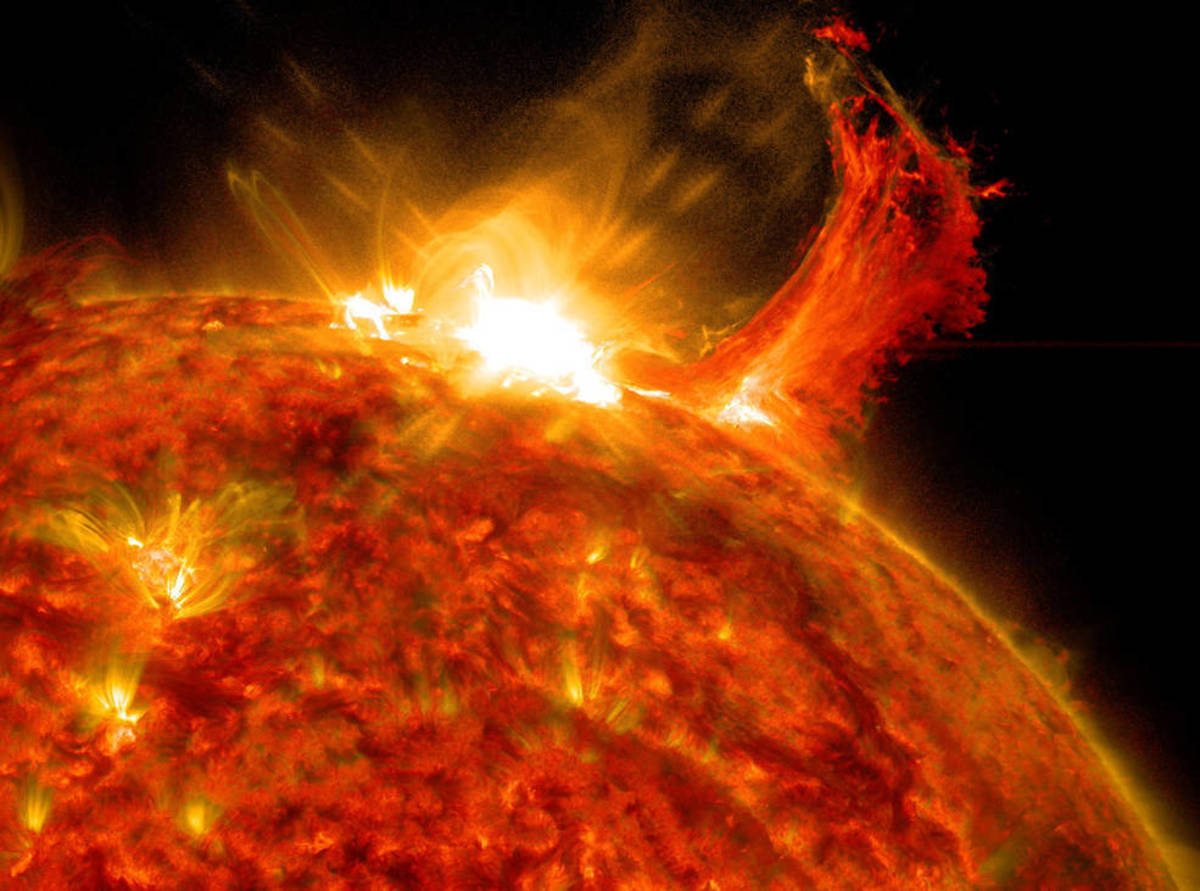Astronomical Education in mid-Michigan:Two Different Approaches
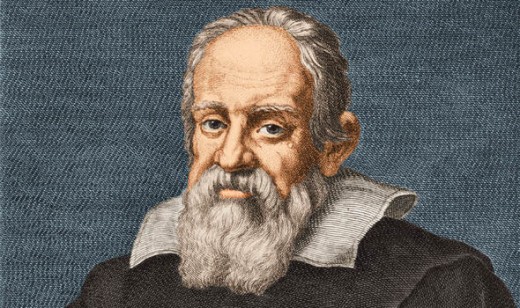
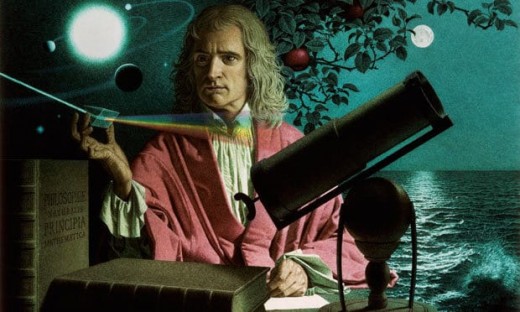
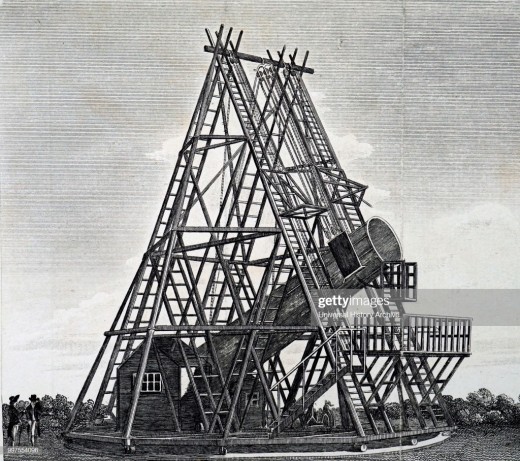
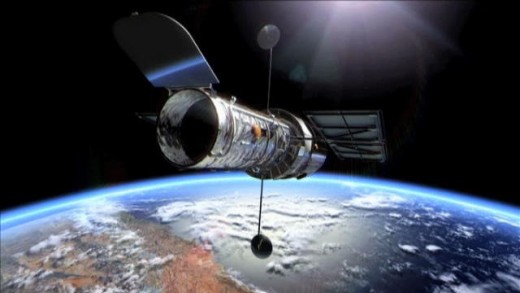
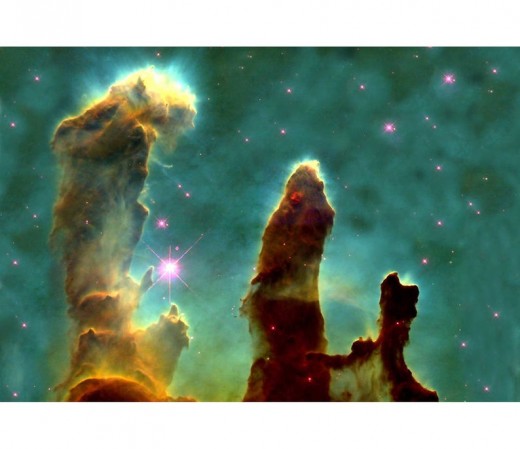
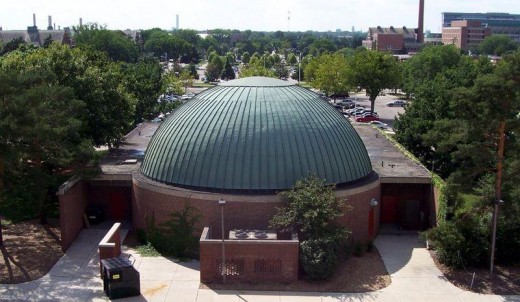
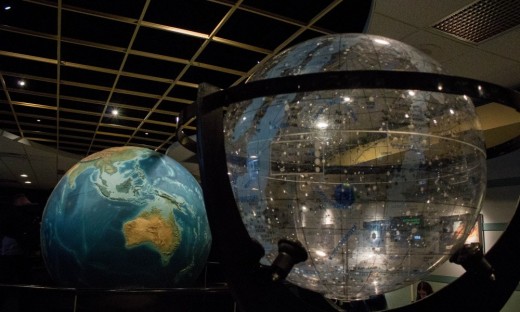
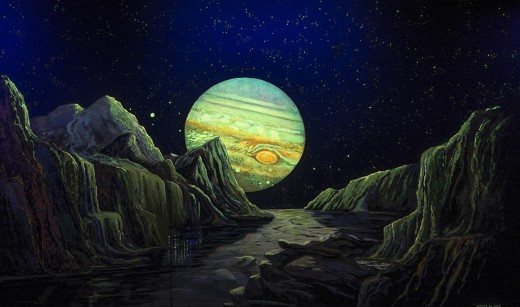
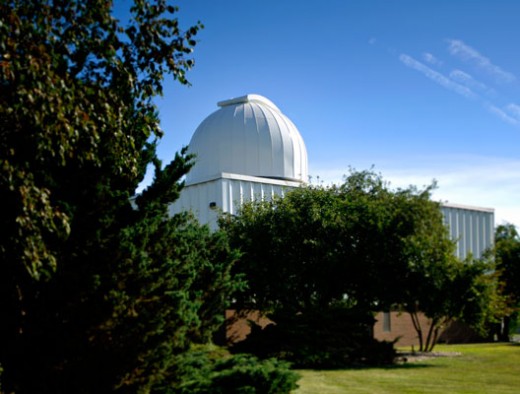

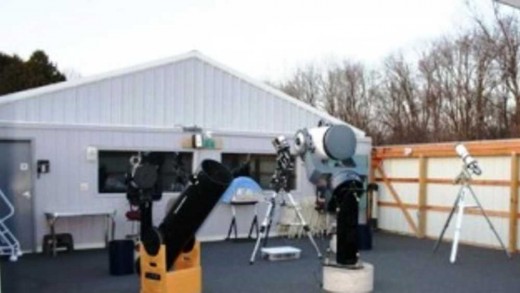
A Formal and Informal Approach to Astronomical Studies and Information
Since the dawn of history, people have looked skyward after dark and been awed by what they have beheld out there. In certain areas, pollution and city lights obscure clear viewing. In others, the night sky unfolds a panorama of celestial delights which can be seen even with the unaided eye. In ancient times, they were referred to as "starry hosts" as for example in the Bible. In more recent centuries scientists have come to know the depths with ever more sophisticated instruments of analysis such as telescopes and computers. While confined to earthly status before the Space Age, there are now an array of packages traveling to the planets and even out of the solar system. In addition, the Hubble Space Telescope, in orbit since 1990, has provided a wealth of data to scientists on the origins, approximate age and possible fate of the universe, with never before seen photographs. Much information was gained in the thirty-three years between Sputnik in 1957 and Hubble, not unlike the knowledge gathered between Columbus in 1492 through Balboa in 1513 and on to Magellan's crew arriving in Spain in 1522, which finally gave closure to our geographical knowledge about the true dimensions of our home planet. This article seeks to show that however distant the target of study, there is still a place for earthly observation in 2019 centering on two local mid-Michigan facilities.
Abrams Planetarium
Abrams Planetarium on the Michigan State campus is the leader in mid-Michigan astronomical education and observation. It serves both serious students of the subject as well as the general public. It hosts special programs and shows throughout the year. It currently houses an exhibit hall, a black light gallery and a sky theater. There is also a book and gift store for interested purchasers of astronomical items and who wish to contribute to this educational effort. In the exhibit hall, there are interesting dioramas about dying stars and celestial photographs of stellar phenomena. A sad note is injected with the photograph of the space shuttle which disintegrated over Texas upon re-entry in 2003 with the loss of all on board. In the center of the lobby is one of the best large terrestrial globes this author has ever seen, with great attention to detail. With the push of a button, the globe starts to revolve (it takes two pushes to effect a complete revolution). The technology of the sky theater is constantly upgraded with a Digistar 5 Projector being the most current in use. This latest projector is merely one in a long line being employed since Abrams, named for Michigan aviator and aerial photographer Talbert Abrams, opened in 1963. An interesting annex of the planetarium is the MSU Observatory, some distance from the planetarium but still fairly close by automobile. This is MSU's own window on the universe. It also features a fairly new Cassegrain telescope, and is open on selected nights for viewing after a sky show at the planetarium. For a truly out of this world experience, a visit to either the planetarium or the observatory--or both-- is a must.
Fox Memorial Park
The second local facility concerned with astronomical viewing is located to the southwest of Lansing in Potterville. Fox Memorial Park is actually an outdoor recreational area centered around a kidney-shaped lake. In operation since the late 1970's, it is still in the process of being completed, with more development to follow. It currently comprises about one hundred acres, and offers swimming, fishing and other popular outdoor activities for enthusiasts of all ages. In addition, it features an elevated platform on which are situated several telescopes. The chief difference between this site and Abrams is that all viewing is done in the great outdoors, so obviously cloud cover and inclement weather would rule out any night viewing at such times. Astrophotography nights are announced in advance, but the general feel here is of a less formal and scheduled format than at the neighboring university, and therefore this may have more appeal to younger viewers on a family outing.
The Astronomical Impulse in Reflection
While there are some differences in the approach to astronomical viewing in these two facilities, they share the common denominator of the great astronomical tradition. Such noteworthy astronomers as Galileo, who discovered some of the moons of Jupiter, Isaac Newton and Edwin Hubble have looked into the heavens and passed the impulse forward. Although a fortunate few humans have actually been lofted into space, the drab fact remains that most of us are trapped in an entirely earth-bound existence. And even as scientific instruments grow ever bolder and more sophisticated, there will still be a need for the terrestrial telescope and local initiatives for the astronomically minded public. On a formal or informal plane, Abrams and Fox Memorial Park will continue to serve an important educational and recreational function for this area, as residents contemplate the cosmos.


